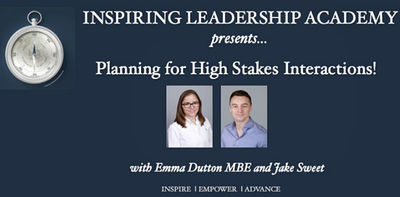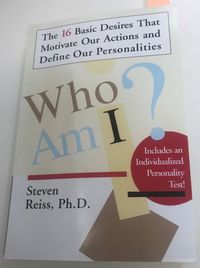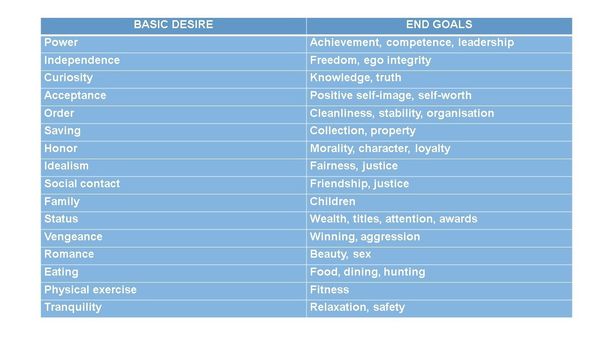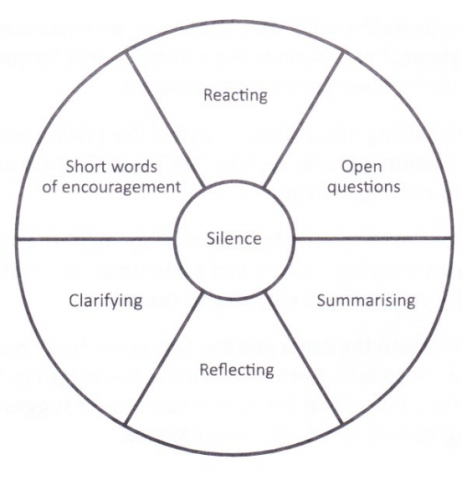Reflections on Influencing
Reflections on Planning for High Stakes Interactions Masterclass
Emma Dutton MBE and Jake Sweet

I’m a bit of a CPD (Continuous Professional Development) junky and so one positive for me in amongst our pandemic context is being able to attend events like the one above. I was hooked from the context setting:
“ Why influence now?
The environment within which we and our businesses operate is less predictable than ever, yet we need to achieve more, with less. Priorities are changing by the minute. In the current uncertain landscape, the only constant to all our challenges is the Human Element. Success relies on engaging people in the right way. Now more than ever, our ability to Influence is the competitive-advantage.
The current situation and associated new threats are leading to more difficult conversations more regularly. Whether this is letting a client down, managing internal priorities or changing terms with a supplier.”
I do quite a lot of work in the influencing arena, so I was especially interested in this to add value to my current approach whether as coach, facilitator, mentor or thinking partner.
I liked the simplicity of their definition:
“ To effect change (that is mutually beneficial)”
This very much aligns to a handful principles that I work with around intent: manipulative intent for personal gain will impact as that, whereas valid intent for the gain of those involved with a topic will have that mutual benefit.
The 16 Desires from the work of Steven Reiss, Ph.D. was new to me and so gave me a great excuse for another lockdown purchase!
“ Why influence now?
The environment within which we and our businesses operate is less predictable than ever, yet we need to achieve more, with less. Priorities are changing by the minute. In the current uncertain landscape, the only constant to all our challenges is the Human Element. Success relies on engaging people in the right way. Now more than ever, our ability to Influence is the competitive-advantage.
The current situation and associated new threats are leading to more difficult conversations more regularly. Whether this is letting a client down, managing internal priorities or changing terms with a supplier.”
I do quite a lot of work in the influencing arena, so I was especially interested in this to add value to my current approach whether as coach, facilitator, mentor or thinking partner.
I liked the simplicity of their definition:
“ To effect change (that is mutually beneficial)”
This very much aligns to a handful principles that I work with around intent: manipulative intent for personal gain will impact as that, whereas valid intent for the gain of those involved with a topic will have that mutual benefit.
The 16 Desires from the work of Steven Reiss, Ph.D. was new to me and so gave me a great excuse for another lockdown purchase!


I was reminded of the work of Daniel Ofman and his core qualities – pitfalls – challenges – allergies model in terms of starting points, journeys, and end points and I wondered how the end goals might link to the valid-manipulative intention dimension.
The notion of three core threats was also nicely encapsulated and their relationship to triggering fears that were not necessarily the literal opposite of the desires:
- Situational
- Stimulated
- Self-induced
Finally, the way the presenters talked about the power of listening struck a big chord with me and added extra thinking about the different levels of listening.
I’ve typically worked with five levels of listening. Their model had seven and linked to the work of the FBI’s Crisis Negotiation Unit and their Behavioral Change Stairway Model (BCSM) for a negotiation (influence) process. Progression through these stages occurs sequentially and cumulatively. I’m interested to see what, if any, changes I put in place around how I talk about listening.
The Behavioral Change Stairway Model (BCSM)
1. Active Listening: Listen to their side and make them aware you’re listening.
2. Empathy: You get an understanding of where they’re coming from and how they feel.
3. Rapport: Empathy is what you feel. Rapport is when they feel it back. They start to trust you.
4. Influence: Now that they trust you, you’ve earned the right to work on problem-solving with them and recommend a course of action.
5. Behavioural Change: They act. (And maybe come out with their hands up.)
Levels of listening

A closing thought then: the power of words in conveying meaning as our language is a shortcut to meaning that can be both productive and unproductive.